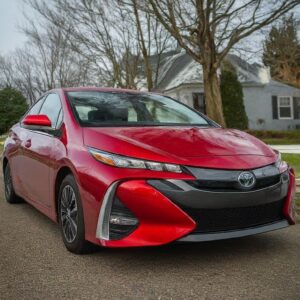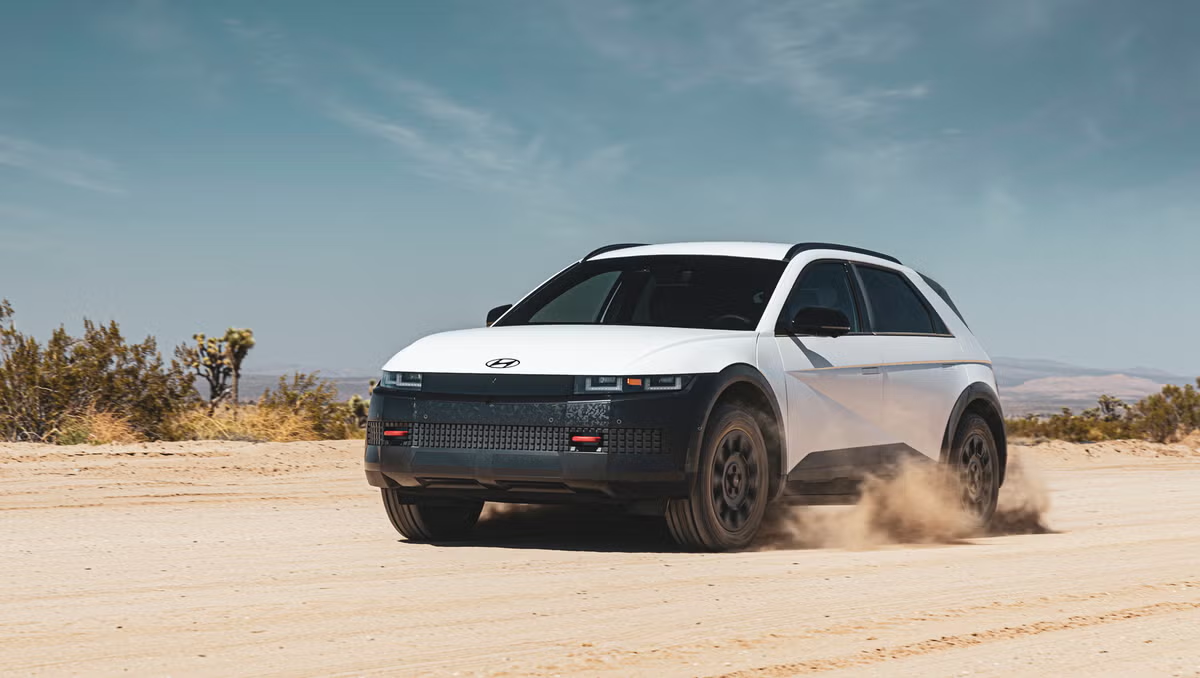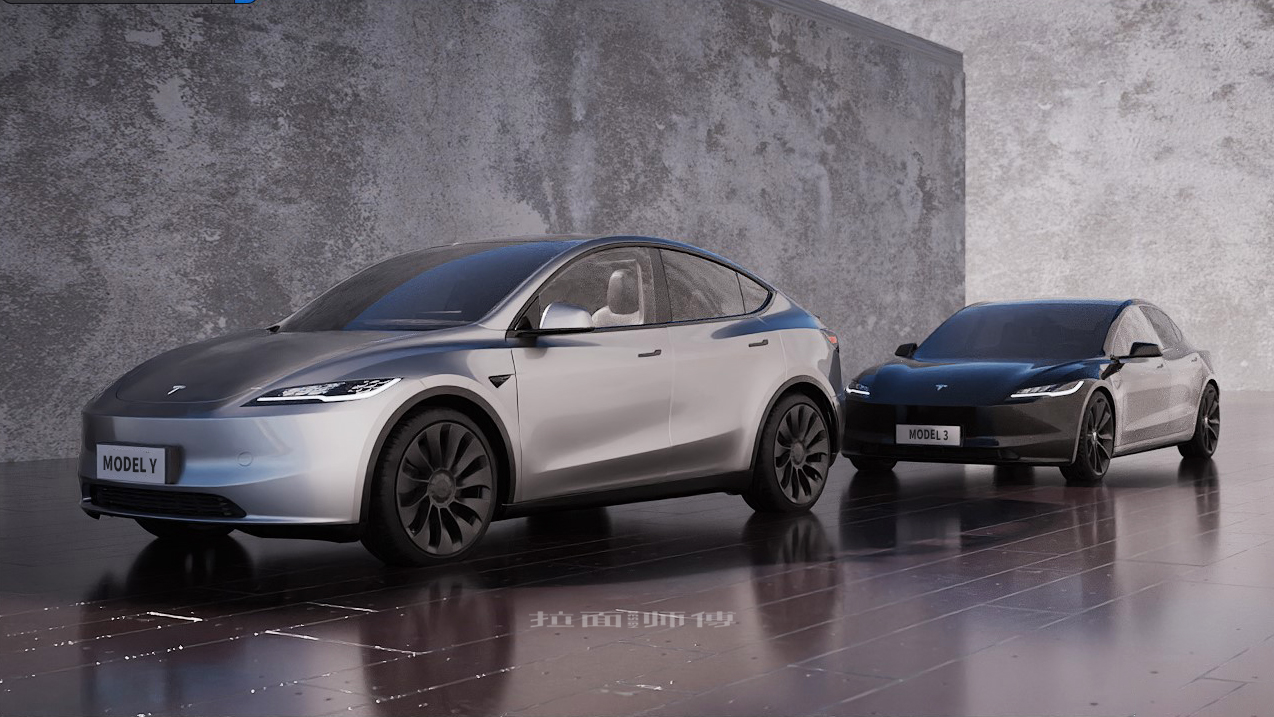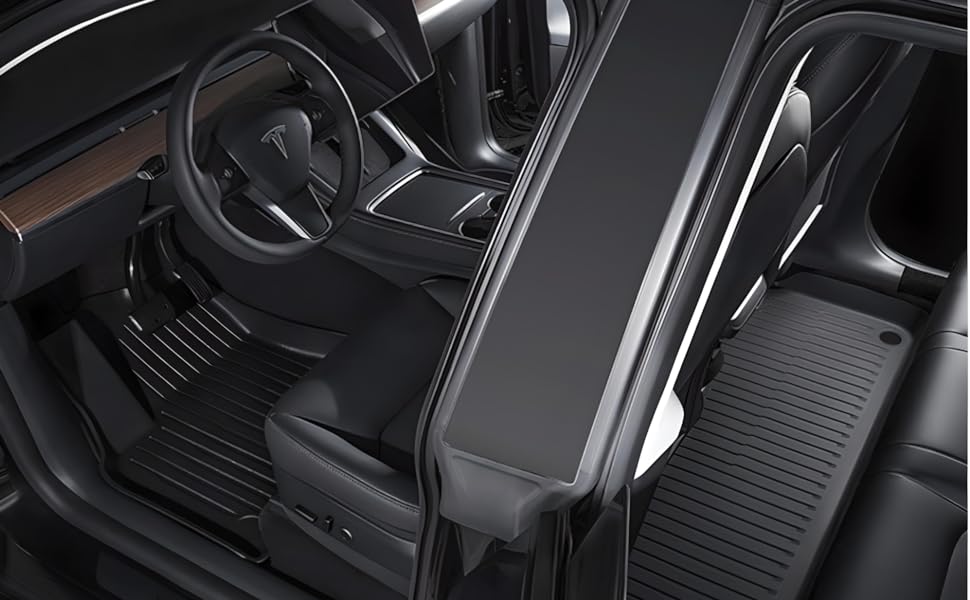Both hybrids and plug-in hybrid electric vehicles (PHEVs) combine an electric motor with a gasoline engine, offering improved fuel efficiency and reduced emissions compared to traditional gasoline-powered cars. However, there are key differences in their battery capacity, charging capabilities, and overall functionality:
Battery Size and Range:
-
Hybrids: Have a smaller battery pack that gets charged primarily through regenerative braking while the car is driven. The electric motor’s range is limited, typically assisting with short commutes or low-speed driving situations. The gasoline engine takes over for power when the battery depletes or during high-demand situations.
-
PHEVs: Boast a significantly larger battery pack compared to hybrids. This allows PHEVs to be plugged into an external charging station for a full charge, enabling them to operate solely on electric power for a longer range, typically between 20-50 miles. Once the battery depletes, the gasoline engine kicks in, functioning similarly to a hybrid.
Charging:
-
Hybrids: Don’t require external charging. The battery recharges itself through regenerative braking.
-
PHEVs: Can be plugged into a charging station for a full charge, maximizing their electric driving range and fuel efficiency. They can also operate solely on the gasoline engine when needed.
Fuel Efficiency and Emissions:
-
Hybrids: Offer significant fuel efficiency improvements compared to gasoline cars, typically achieving 40-60 miles per gallon (MPG). However, they still produce tailpipe emissions when the gasoline engine is running.
-
PHEVs: When driven solely on electric power, PHEVs produce zero tailpipe emissions. However, they do produce emissions when the gasoline engine kicks in, although overall emissions are lower than traditional gasoline cars.
Choosing Between Hybrid and PHEV:
Here’s a quick breakdown to help you decide:

-
Choose a Hybrid if: You prioritize affordability, don’t have access to home charging, and primarily drive shorter distances where the electric motor’s limited range is sufficient.

-
Choose a PHEV if: You want the flexibility of electric driving for shorter commutes with zero emissions, have access to home charging, and occasionally take longer trips where the gasoline engine provides backup power.
PHEV vs. Hybrid: Key Differences at a Glance
| Feature | PHEV | Hybrid |
|---|---|---|
| Battery Size | Larger | Smaller |
| Charging | Plugs into an external charging station | Recharges through regenerative braking |
| Electric Range | 20-50 miles (typically) | Limited electric range (short commutes) |
| Fuel Efficiency | Higher when driven on electric power | Improved compared to gasoline cars |
| Emissions | Zero tailpipe emissions on electric mode, emissions when gasoline engine runs | Lower emissions than gasoline cars |
| Upfront Cost | Generally higher than hybrids | Generally lower than PHEVs |
| Ideal for | Drivers with access to charging, shorter electric commutes, occasional long trips | Drivers who prioritize affordability, and don’t have access to home charging |






